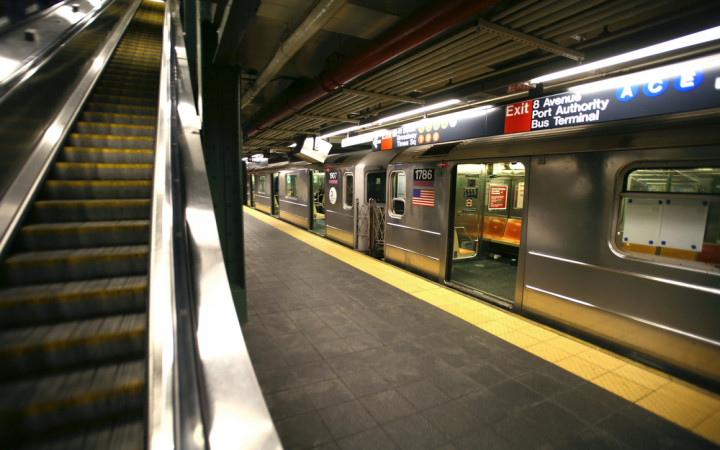Most people have seen — or taken a ride on — a train at one time or another. But did you realize that there are trains that run underground or on tracks way up in the air?
It's true! They're called "subways" when they're belowground and "elevated trains" — “els" — when they're up in the air.
These systems are called "mass transit" or "mass transportation" systems because they transport large numbers of people around urban (city) areas. In addition to the convenience of getting to and from areas quickly, mass transportation systems help to reduce the amount of air pollution from automobiles and reduce traffic congestion.
Mass transportation systems began to develop in the late 19th century. In the early to mid 1800s, the population of cities around the world began to increase dramatically. In New York City, for example, the population increased almost 60 percent each decade during this time.
As cities became more crowded, traffic congestion became a huge problem. People in New York City were once known to claim that you could drive halfway to Philadelphia quicker than you could drive the length of Broadway (one street within the city).
As city leaders began to search for transportation alternatives that would relieve congestion, subways and elevated train lines were born. The first subway system — the London Underground — opened in 1863.
America's first subway system opened in Boston on September 1, 1897. New York City's system opened a few years later in 1904.
The earliest systems used steam locomotives, but a switch to electric trains was made as soon as technology allowed.
Other cities around the United States, such as Philadelphia and Chicago, also developed their own subway and elevated train systems. Although mass transportation suffered a decline after World War II, as more and more Americans turned to automobiles, subway use began to increase again in the 1970s.
San Francisco's Bay Area Rapid Transit (BART) system became a model for other cities to follow. Baltimore, Miami, Atlanta, Washington D.C. and Los Angeles developed systems. People once again began to use these systems for their convenience and cost savings.
Around the world, more than 160 cities have mass transportation systems. And more than two dozen cities currently have new systems under construction.
Although the cost to build these systems is high, they usually pay off in the long run. Mass transportation systems — over time — transport more people using less land and fewer environmental resources… all at a lower cost than similar road transportation systems.
Today, the largest mass transportation system in the world, based on length of routes and number of stations, is the New York City subway system. By length of lines, though, the largest systems are the London Underground and the Shanghai Metro. The most-used systems are the Tokyo Metro, Moscow Metro and Seoul Metro.




